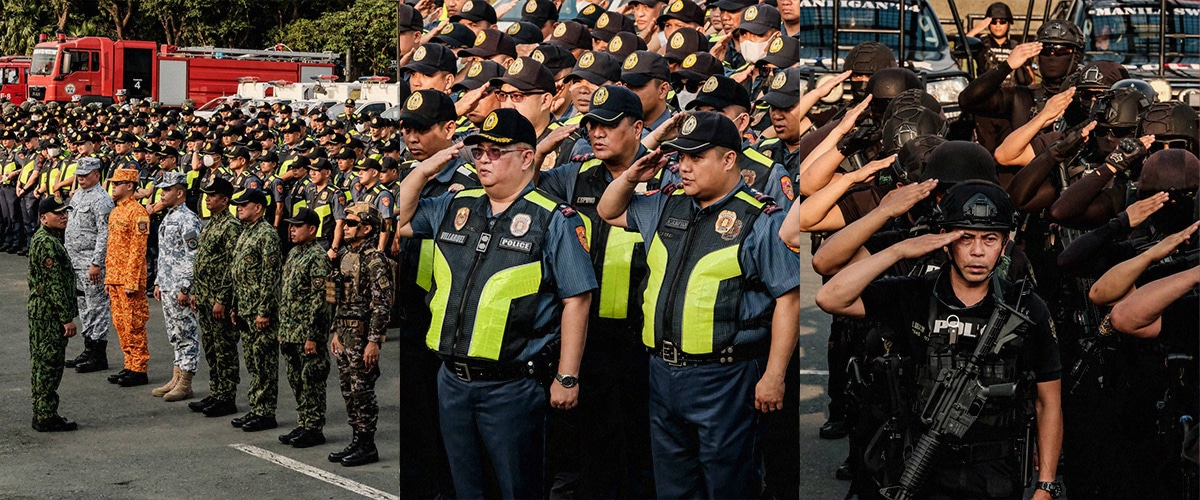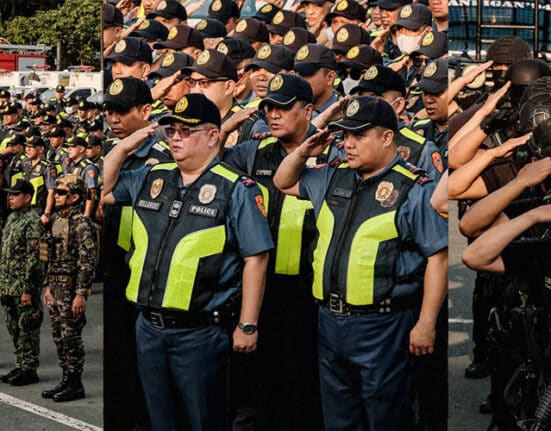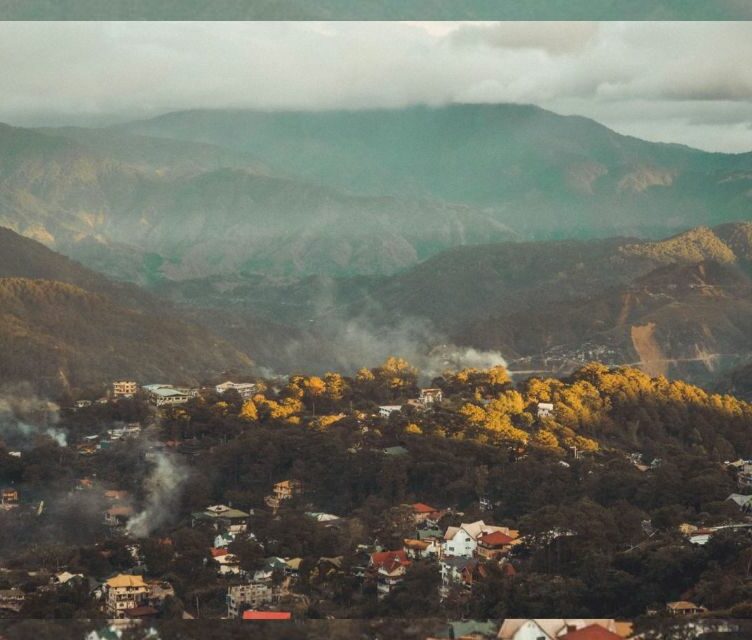IN THE Philippines, public safety goes beyond being a government benchmark—it’s a lived experience for countless citizens. It’s a discussion that, like other pressing national concerns, deserves significant focus.
From commuting to school and heading home from work, to spending time with friends or expressing opinions online, the feeling of safety—or the absence of it—shapes how people go about their everyday lives.
For Generation Z, a cohort marked by their youth, tech-savviness, and strong sense of social justice, public safety holds a distinct and personal importance.
This generation in the Philippines grew up in an era of rapid transformation—technological growth, the rise of social media, and evolving political landscapes—all of which have shaped their broader perspective on safety issues.
They’ve witnessed reports on extrajudicial killings, street violence, gender-based harassment, red-tagging, online fraud, and even mental health challenges stemming from unsafe learning environments.
Now stepping into adulthood, Gen Z continues to grapple with questions of safety—both physical and mental—as part of their daily reality. Which raises the bigger question: Do members of Gen Z truly feel safe?
Drop in Crime
The upcoming State of the Nation Address (SONA) on July 28 serves as a stage for the administration to share its achievements and agenda, including those related to public order and citizen well-being.
In last year’s SONA, President Ferdinand “Bongbong” Marcos Jr. highlighted a reduction in crime statistics, while also emphasizing the continued need for law enforcement to earn the public’s confidence.
By 2024, the Department of the Interior and Local Government (DILG) noted that the overall crime rate under Marcos had fallen compared to the same timeframe during former President Rodrigo Duterte’s term.
According to DILG, the monthly average crime rate dropped from 21.92 to 15.04. Incidents classified as focus crimes—such as theft, physical assault, robbery, rape, murder, car theft, and homicide—also declined from 196,420 to 71,133, marking a 63.79% drop.
Further, new figures from the Philippine National Police (PNP) show a 22.53 percent reduction in focus crimes, with cases dropping from 18,280 (from January 1 to June 13, 2024) to 14,162 over the same period in 2025.
Additionally, the DILG reported fewer cases of rape, physical injury, and robbery in the first five months of 2025 compared to the same stretch in the previous year.
Still, despite these encouraging figures, the more important question remains: how do Gen Z and the broader public truly perceive their safety and that of their loved ones?
Student Gen Z’s Perspective
In a conversation with republicasia, Marc Chua—a BS Legal Management student at Ateneo de Manila University and Juris Doctor at the University of the Philippines College of Law—shared his thoughts.
“As someone who drives from home to school everyday, yes, I feel safe, but that’s because my interactions with public spaces are very limited,” the 25-year-old said.
“But I think, to an extent, I feel safer compared to the previous administration that turned our streets into a bloodbath with all the extrajudicial killings,” he added.
However, Chua, who recently finished his Juris Doctor program, pointed out that more work is needed to enhance the safety of Filipinos—especially for human rights advocates, a field he is determined to dedicate himself to.
“However, I am also aware that killings and harassment against human rights defenders, including lawyers, are still very rampant. This is another matter that I think the administration has to address,” Chua said.
“Additionally, road rage and hit & run incidents in this administration have become a normal occurrence. As someone who drives, there is that certain fear that a simple disagreement on the road can turn very ugly quickly.”
“And in my opinion, there are no concrete actions or solutions taken by the administration to address these issues to make the streets truly safe for everyone, unless these incidents go viral,” he added.
Additionally, as the country continues to move deeper into the digital age, Chua pointed out that certain emerging issues—though not always reflected in official crime statistics—are becoming increasingly prevalent in today’s online society.
“Credit card fraud and online scams are still very rampant. Even official channels of telecommunications providers are infiltrated with fake links that a simple subscriber could fall for,” he said
“Some online sellers would just block you after sending money through online channels, without delivering the item to you. These are just a few of the crimes committed in the online space that are rarely reported and may not even be accounted for in the crime rates,” he added.
Working Gen Z’s Perspective
Meanwhile, Ian Capati, a 24-year-old news analyst who regularly commutes and often arrives home late, shared that he still doesn’t always feel completely safe because of the prevalence of common crimes.
“I still don’t feel entirely safe, petty crimes like motorbike snatchings and road rage persist, and also cyberbullying remains a real threat for many of my peers, especially on social media,” Capati said.
“So while policies are in place, consistent enforcement and more robust safety education are still needed to make me and my generation truly feel protected,” he went on to explain.
All things considered, Capati acknowledged that the statistics are promising and show visible progress. However, similar to Chua, he recognizes that there’s still room for improvement—especially as criminal activity continues to expand into the digital realm.
“The reported nationwide crime drop is encouraging, I certainly notice fewer or no break‑ins in our neighborhood, and street harassment seems to have dipped because of police visibility,” he said.
“But if we look into the bigger picture, statistics can mask local realities. In some areas of Metro Manila, there are still reports of muggings on late‑night commutes, and online scams have only diversified, targeting users with increasingly sophisticated tactics.”
“In that sense, yes, I feel a bit safer walking home late after evening shifts. So the overall figure is positive, but it doesn’t fully capture the nuanced risks we face day‑to‑day,” he added.
Mental Health as a Safety Concern
Looking more closely, mental health also stands out as a key safety issue for Gen Z. For this generation, safety isn’t just about physical well-being—it includes psychological health as well.
Mental health plays a vital role in how Gen Z perceives safety. Lack of strong support systems in schools, unhealthy work environments, and overwhelming pressures all contribute to anxiety and burnout.
Though government initiatives have grown, challenges still lie in implementation. Access to professional mental health services—especially beyond Metro Manila—remains both limited and costly.
“The truth is, the impact has been minimal or uneven at best. Some mental health campaigns exist but most young people don’t even know they’re available or how to access them,” Capati said.
“If there’s been any sense of security in my life, it’s come from my own efforts and support systems, not from any consistent policy,” he went on to explain his thoughts towards policies.
Do Gen Zs truly feel safe? The answer is far from straightforward. Some young Filipinos believe they feel more secure now compared to five years ago—largely due to increased police visibility and efforts in crime prevention.
However, others point out that while some dangers have lessened, new forms of threats have emerged. For Gen Z, safety goes beyond numbers—it’s a personal and evolving reality shaped by culture, technology, and the systems they live in.
“A stronger and more holistic public education system that allows kids not only to excel in academics and build their future careers, but also programs that allow them to grow outside the classrooms,” Chua said, citing what he wishes to see from the administration moving forward.
“I believe this is the way to build national consciousness and care for the climate within younger generations. At the same time, it keeps them away from gangs, crimes, or vices. It goes without saying that this education system has to take into account the realities of poverty faced by a lot of our people,” he added.
Although the government’s initiatives are moving in the right direction, building trust requires more than just policies—it demands consistent action and accountability. And this is what Gen Z hopes for: a community that is truly safe and secure.
How useful was this post?
Click on a star to rate it!
Average rating 0 / 5. Vote count: 0
No votes so far! Be the first to rate this post.
We are sorry that this post was not useful for you!
Let us improve this post!
Tell us how we can improve this post?








